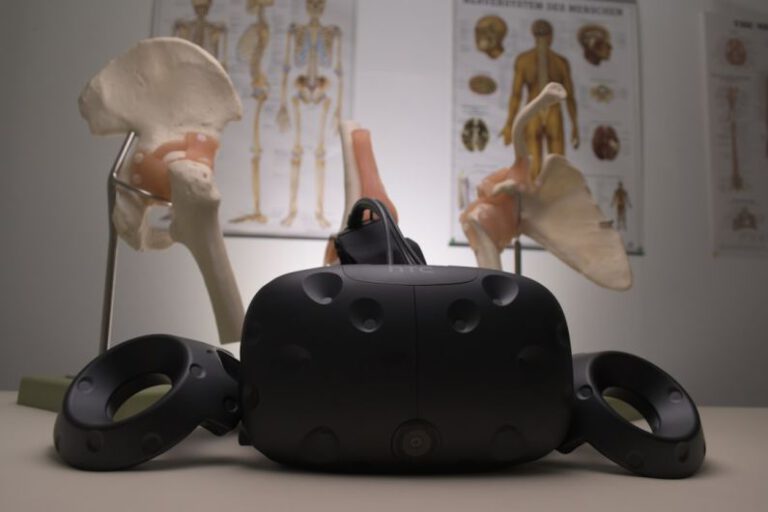Bionic Eye Implants: Restoring Sight to the Blind
Visual impairment is a significant challenge that affects millions of people worldwide. For those who have lost their sight due to conditions such as retinitis pigmentosa or age-related macular degeneration, the world can often seem like a dark and isolating place. However, recent advancements in technology have brought new hope to those living with visual impairments in the form of bionic eye implants.
Revolutionizing Vision Restoration
Bionic eye implants, also known as retinal prostheses, are cutting-edge devices designed to restore vision to individuals who have lost their sight due to retinal damage. These implants work by bypassing damaged photoreceptor cells in the retina and directly stimulating the remaining healthy cells to send visual information to the brain. This technology effectively mimics the natural process of vision, allowing individuals to perceive light, shapes, and even movement.
The Development of Bionic Eye Technology
The development of bionic eye technology has been a result of years of research and collaboration between scientists, engineers, and medical professionals. The first successful implantation of a bionic eye took place in the early 2000s, marking a significant milestone in the field of vision restoration. Since then, researchers have continued to refine and improve the technology, making bionic eye implants a promising option for individuals with visual impairments.
The Functionality of Bionic Eye Implants
Bionic eye implants consist of a tiny camera that is mounted on a pair of glasses worn by the user. The camera captures visual information from the environment and sends it wirelessly to a microelectrode array implanted in the eye. The microelectrode array then stimulates the remaining healthy cells in the retina, creating the perception of sight in the individual. While the resolution of vision provided by bionic eye implants is still limited compared to natural vision, the technology continues to advance, offering hope for further improvements in the future.
Benefits of Bionic Eye Implants
The benefits of bionic eye implants extend far beyond the restoration of vision. For individuals who have lost their sight, these implants can significantly improve their quality of life by allowing them to regain independence and autonomy. With the ability to perceive light and shapes, users of bionic eye implants can navigate their surroundings more easily, recognize faces, and engage in activities that were once off-limits to them. Additionally, the emotional impact of being able to see again cannot be overstated, as it can bring a sense of joy and connection back into the lives of those with visual impairments.
Challenges and Limitations
While bionic eye implants hold great promise for individuals with visual impairments, there are still challenges and limitations that need to be addressed. One of the main limitations of current bionic eye technology is the resolution of vision it provides. The images perceived by users of bionic eye implants can be pixelated and lack detail, making it difficult to perform tasks that require precise vision, such as reading small print or recognizing faces from a distance. Researchers are actively working on improving the resolution of bionic eye implants to make them more effective for daily use.
Looking Towards the Future
As technology continues to advance, the future of bionic eye implants looks brighter than ever. Researchers are exploring new ways to enhance the functionality and resolution of these implants, with the goal of providing users with a more natural and immersive visual experience. Additionally, ongoing clinical trials are evaluating the safety and effectiveness of bionic eye implants in a wider range of patients, paving the way for more widespread adoption of this groundbreaking technology. With continued innovation and collaboration, bionic eye implants have the potential to transform the lives of millions of individuals living with visual impairments, offering them a renewed sense of hope and possibility.






